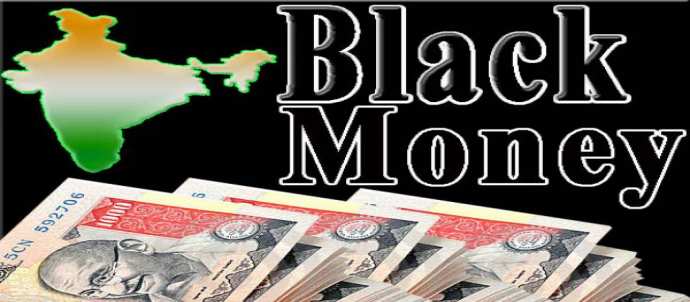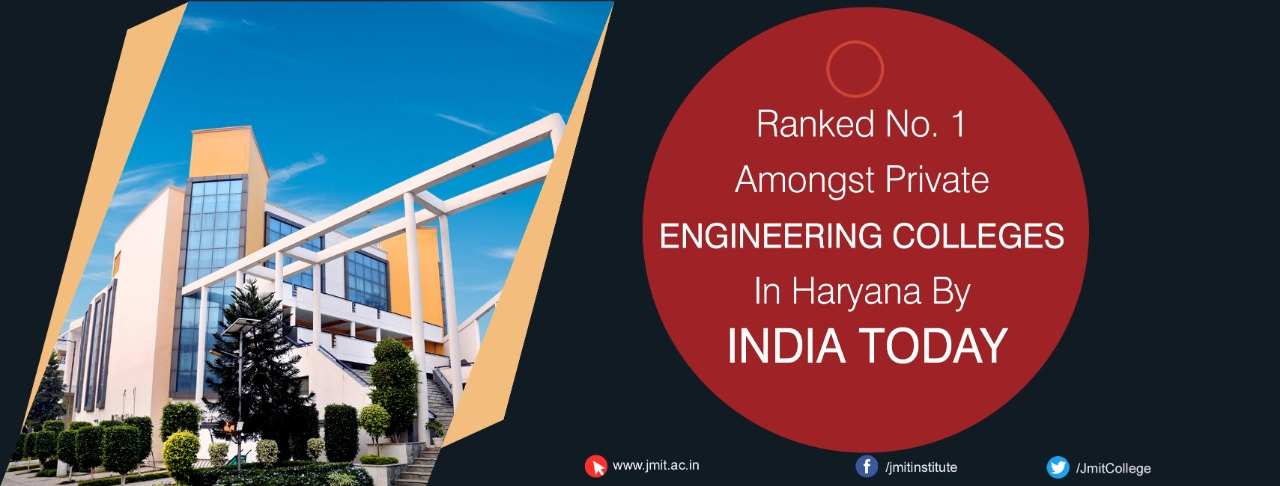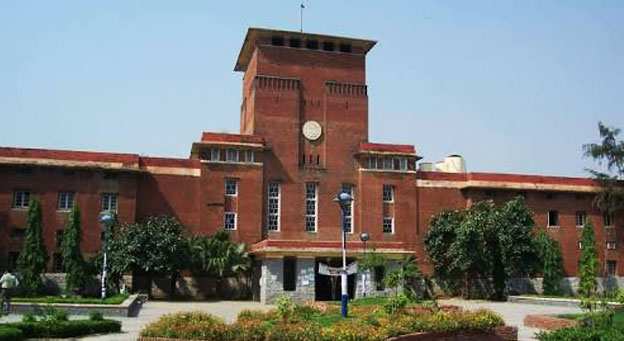What comes into your mind when we mention the term 'black money’?
A sophisticatedly dressed young gentleman getting out of a Rolls Royce and getting into a bank in Switzerland punching in a code to gain access to a locker full of hard cash? Another person in his bedroom filling up his mattress with illicit property papers? Some other rich guy opening his henhouse to check his currency bills expertly hidden in the hay?
Well, you're very close, if you’ve not already hit the nail on the head. And something needs to be done about this. One amongst the few things a typical regional movie gets right every single time.
So what happens when one nation forms one opinion and gangs up against such people? Read the above paragraph again. There are three different major types of black money holders. And while you were busy condemning the foreign trips of the Prime Minister, here’s actually what he was and is upto:
Step one: ThePrime Minister Modi has dealt with Swiss bank account holders, with the largest bank about to declare the assets of the Indian account holders. Most of the businessmen have already declared their illicit liquid assets, and now the next targets are the ones in the Union legislature.
Step two: Demonetization. A joint move against black money and fake currency. This move was suggested by Pune based social activist Anil Bokil, a mechanical engineer presented this idea as part of a 10 step programme to improve Indian economy.
Step three: Not yet implemented, but the next target is the famed ‘benami’ properties, which house the second largest form of undisclosed income.
What is demonetization? It is a general move to reduce the value of every existing 500 and 1000 rupee bills in the Indian economy to zero, while replacing them with newly minted 500 and 2000 rupee bills. It targeted various illegal sectors of the Indian economy, which can be explained as follows:

Black money: The primary target of this step, it involved directly removing the economic value of the cash hoarded in the residential and storage zones of the general public, making sure they’re not accepted in banks and other financial institutions by putting an upper limit on the exchangeable and deposit limit.
Fake currency: The secondary target of this step, it was used to reduce the likeness of the fake currency with actual payable cash money. Malda in West Bengal is known as the capital of fake currency mints, and this has entirely stopped the minting there as they’ll need atleast a year to understand and mimic the identification marks on the new notes.
Exposing the shell companies: As of yesterday 78 companies have either surrendered their assets or disappeared completely, including the ones like chit funds, travel managers, etc.
Cross border terrorism: Ceasefire violations and internal conflicts between security forces and anti national sentiments funded by hawala currency system have reduced, following the devaluation of currency. No funds means no guns.
Cashless economy: Wired and online transactions means building of cashless economy, which ensures faster transactions and better monitoring.
Boost to the Jan DhanYojna: A programme older by a year, it involved speedy recovery to the middle and lower class of the economy to get a bank account to receive funds from the centre directly, this project received a boost after every person not enrolled in the scheme had to go to the bank and get it done by creating an account.
Many such sectors received a hard hit over the demonetization step.
So if the above step has been a huge success, where did it actually fall short of being a complete success?
Implementation: The above measure was intended to be dynamic, with daily announcements and updates signifying that the centre is making moves to suit the public response. Yet, certain rules like acceptance of old notes at certain government institutions like hospitals, toll stations, fuel stations, etc. were not being followed. The centre had a loose control over the implementation.
Swiftness: The devaluation move was fast. Faster than the general announcements. It was taken when the international markets were closed to India, leaving little options for share market to be used as a backdoor. (8 PM IST) But the market faced a dearth of legal tender notes. 100 rupee bills weren’t stashed in sufficient amounts at ATMs and bank lockers reducing the market transactions.
Durability: While black money has received an unrecoverable setback, fake currency is still a big question. The measure won’t be enough to keep currency forging at bay, with fake notes already being dissociated into the economy and terror funding again back on track.
Demonetization is not the best, but the most effective move targeted at the undisclosed income of most of the higher middle class families and the cash recovered under the penalty scheme will help recover the economy in the long run. But it needs to be improvised. It needs to target all of the illegal forms of trade plaguing our economy. It needs to be done in a convenient way over and over again, so that the stagnant money gets flushed out and we value ourselves as a nation accurately.
Still stuck in a queue somewhere? Don’t fret. You’re doing it for us kids. When you stand in a queue today, a couple of decades down the line, we won’t be examining a note for genuineness.




























